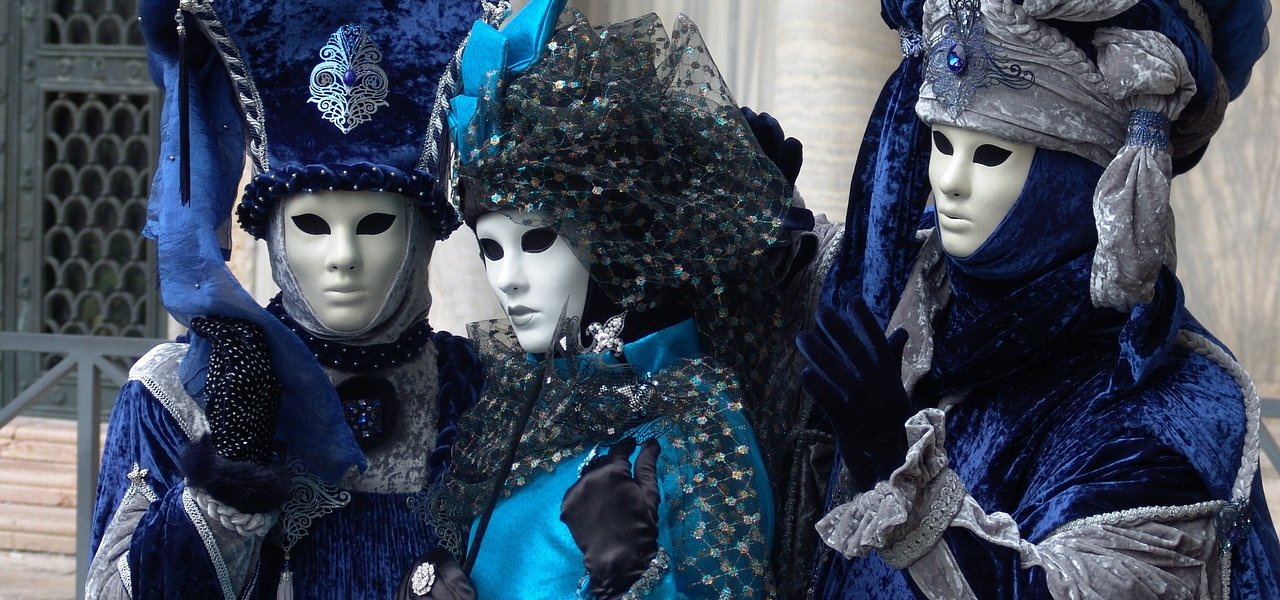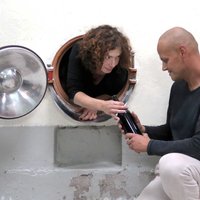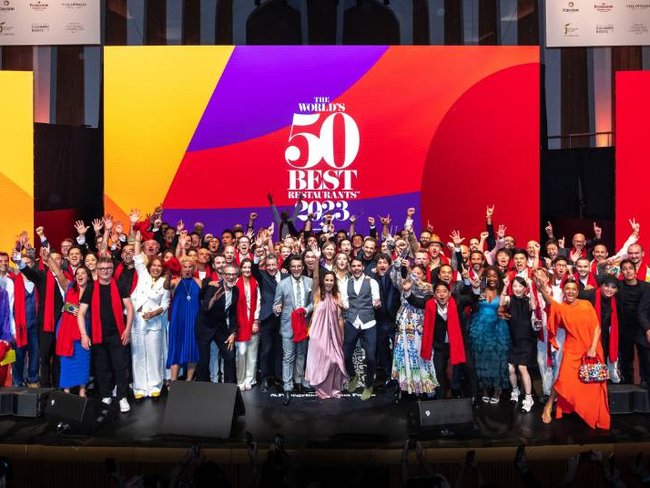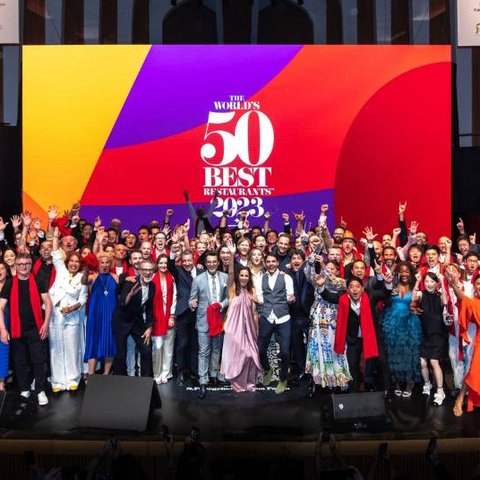The evocative Venetian alleyways, typically wrapped in an atmosphere of silent mystery, begin to come alive with new colors from the vibrant masks of the Carnival weeks. It almost seems like an indistinct murmur echoing through the streets and districts of the Serenissima, hiding behind its picturesque masks and costumes the men and women who make Venice’s Carnival the quintessential celebration.
However, it would be limiting to believe that these celebrations are only what is depicted in the common imagination, now fixed by television reports that highlight the main moments for a few minutes. The roots of the Venetian Carnival, in fact, have a history that spans over a thousand years, being first mentioned in a document from 1094 signed by Doge Vitale Falier.
Like almost every festival linked to religious cults, its history reflects the need, already felt in Roman times, to give the population the opportunity to have fun and transform the streets of their city into a real stage for celebration, shaking off the burdens and injustices of daily life through jokes and pranks. Thus, the central element of the festival could only be anonymity: through costumes and masks, all participants were put on the same level, with no distinctions of class or origin, in a society, that of the Venetian Republic, known for its strict rules, especially on public morality and order.
Oligarchic Venice officially kicked off the Carnival in 1296 by issuing an edict declaring the day before Lent as a holiday. Originally, the festival period lasted for six weeks, from late December to the last days of January... however, extraordinarily, authorizations were granted that, in the 1700s, extended the Carnival to last several months!
It was precisely in the 18th century that the Serenissima began to intrigue and attract other European courts, so much so that its streets started to bustle with new faces, who came to the city to experience firsthand, or rather with their own mask, the picturesque event of the lagoon.
Today, dressing up is seen as a moment to indulge in the fun and hilarity of a festival filled with people, music, shows, and colors. Among the alleyways and canals, the old greeting, "Good evening, Lady Mask," begins to be heard, recalling the tradition of anonymity. Now, however, this hiding behind a costume is no longer a symbol of liberation from the chains of a non-representative daily life, but a moment of joy and cheer to be shared as a large community that, knowingly or unknowingly, carries on one of the most important traditions of our culture.







